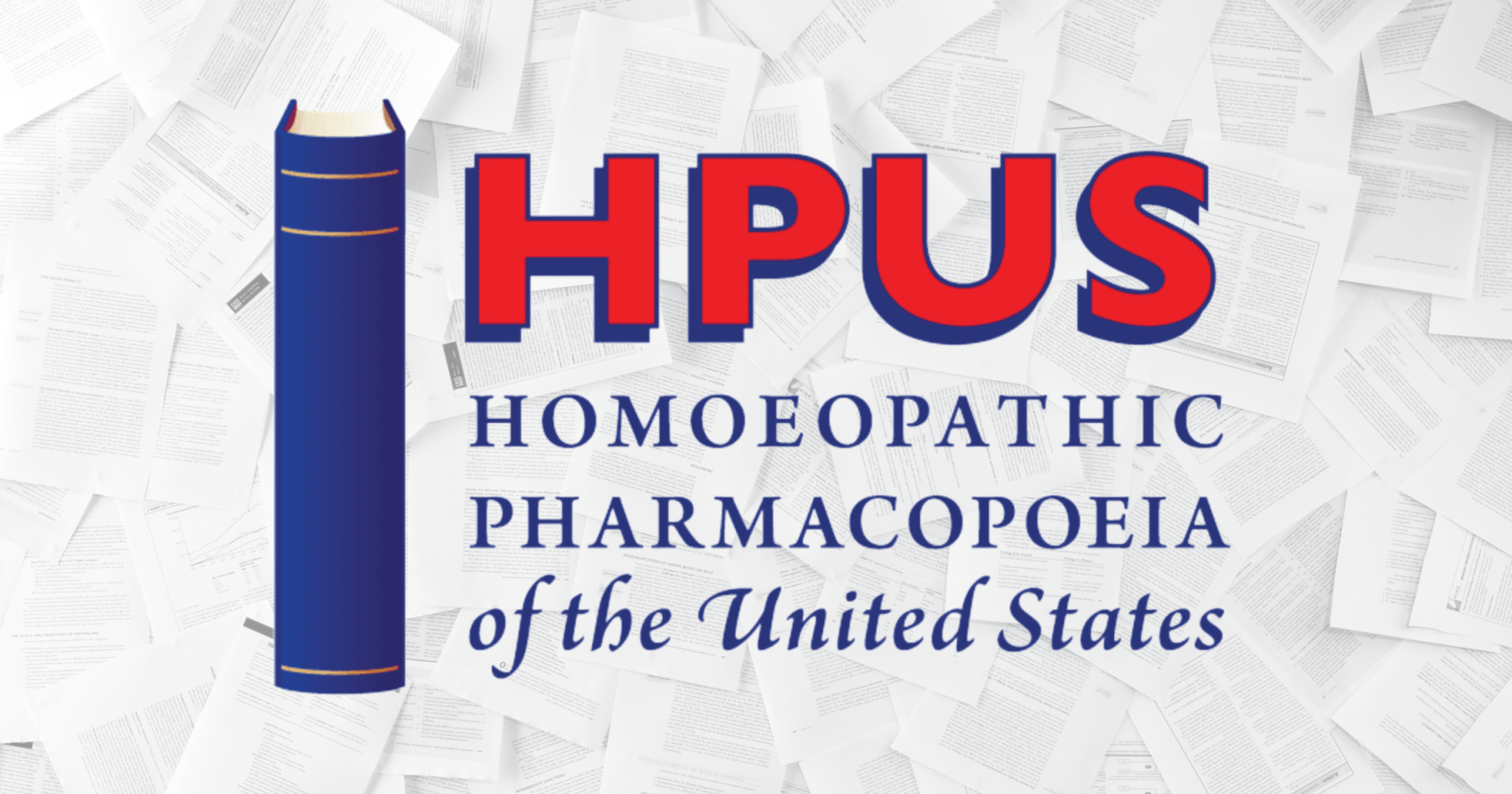CGMPs in the HPUS — A Recap and Reminder

By Eric Foxman, Pharm. (Ret.)
Current Good Manufacturing Practices (CGMPs) in 21CFR parts 210 and 211 provide a foundation for requisite quality steps during the entire pharmaceutical production process. Because the 21 CFR requirements were written for allopathic drugs, the HPUS Good Manufacturing Guidelines1 supplement those pharmaceutical CGMPs and address quality aspects that especially impact homeopathic drug products. This document has been in the HPUS for almost a decade and readers should be familiar with its contents by now.
The HPUS guidelines note ICH Q7 Good Manufacturing Practice Guidance for Active Pharmaceutical Ingredients should be considered as well. The HPUS additionally, as appropriate, provides multiple references to relevant FDA guidance documents and USP chapters.
The first sections of the HPUS CGMP document cover general information as reminders of the various responsibilities and overall compliance requirements incumbent on all manufacturers of drug products — whether homeopathic or not. These sections include a quick overview of Personnel, Facilities and Equipment CGMPs. As specifics are provided in other readily accessible documents, the HPUS guidelines do not attempt to provide more than a passing mention of requirements that require attention. The HPUS also reminds companies of the need to:
- Have a company- and facility-wide Validation Master Plan to address validation of all critical processes and equipment;
- Have a Supplier Qualification Program covering sources of starting materials, packaging component suppliers, label accuracy, third party testing laboratories, etc.;
- Have a Quality Agreement between marketer, supplier, manufacturer and / or service providers for transparency and traceability.
For starting materials, written vendor specifications should be compared with HPUS monograph QC specifications to verify compliance with official requirements. Vendors must provide written certification (e.g., Certificate of Analysis, Certificate of Manufacture) of the identity of the substance. Between a supplier’s certificate and the buyer’s testing, all HPUS particulars (or tests providing equivalent assurance) must be addressed. Identity testing, purity testing, expiration and retest periods, and storage are all mentioned in the HPUS guidelines and must be dealt with appropriately.
So that starting materials of botanical origin meet established identity, quality, purity, and safety for homeopathic drug production, the HPUS guidelines include information for the collection, cultivation, harvesting, storage conditions, identity and quality testing of starting materials of botanical origin. While some homeopathic manufacturers do not handle raw or starting materials, 21 CFR CGMPs require those companies to ensure all entities in the chain of supply adhere to compendial standards, including harvest site location / conditions, and adherence to lawful collection practices. Guidance is provided regarding handling, storage, and shipment of both fresh and dried botanical materials, as well as documentation and record retention. An overview of testing for objectionable contaminants includes cross references to suggested appropriate test and microbiological limits for tinctures.
For starting materials of zoological origin, similar guidelines are provided as appropriate, including sourcing, health status, use of medication while breeding, as well as storage and shipment, documentation, and record retention. Likewise, sampling, testing, and attention to potential microbiological and viral safety risks must be addressed and documented. The zoological identity should be verified and recorded. Applicable information, such as the specific organ, gender, age, and histological comparisons should be documented. Because these types of starting materials might be obtainable in only very small amounts, sampling and testing may be impractical; the HPUS CGMPs includes guidance for addressing these possible situations.
The last section of the HPUS CGMPs is short and is specifically intended for the development, preparation, and testing of homeopathic drug product lots to be used for provings and/or clinical trials. Much of the focus of this section is on the documentation which would go hand in hand with the technical information submission requirements for a monograph to be considered for inclusion in the HPUS.
Overall, the HPUS CGMP guidance text may seem very general in nature. This is understandable: such a document cannot possibly address all the variable circumstances that can differ from one facility to another. In this respect, it has much in common with 21 CFR’s level of detail: both provide the reader with “guidance” for scientifically sound planning and making meaningful decisions that will impact the products produced in each facility. The overall text also provides the HPUS subscriber with almost three dozen handy cross-references to informative resources, including tests in the United States Pharmacopeia, test methods in the European Pharmacopeia, FDA’s own guidance documents, and a number of relevant sections of 21 CFR that will influence manufacturing quality and safety considerations.
References
1. https://www.hpus.com/submitting-monograph/homeopathic-good-manufacturing-practices/introduction/ (accessible by subscription)
